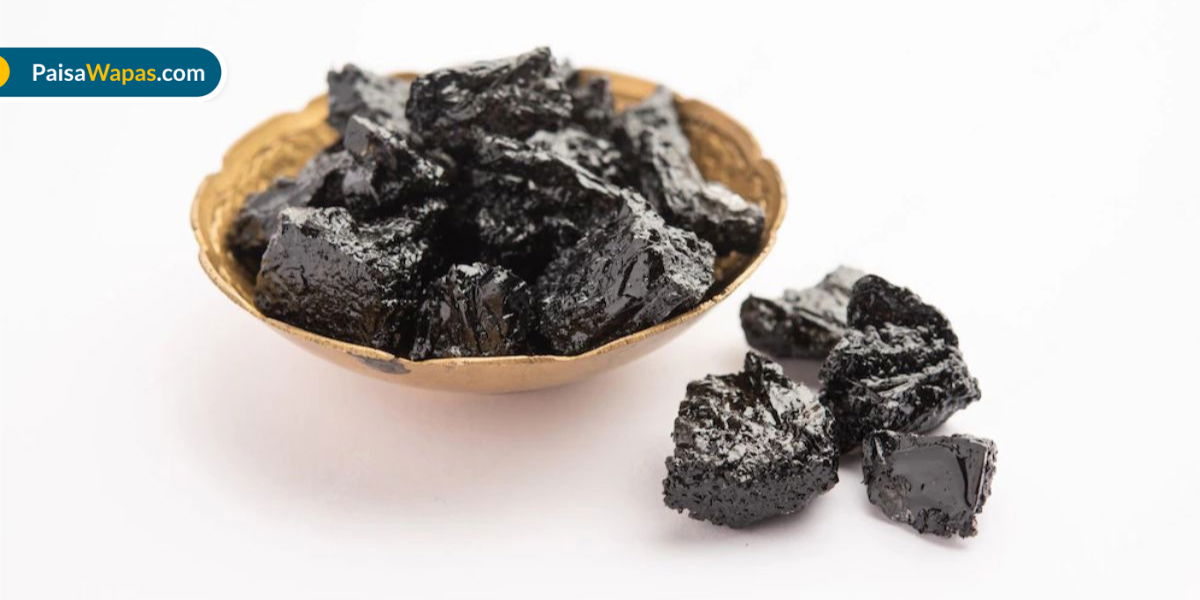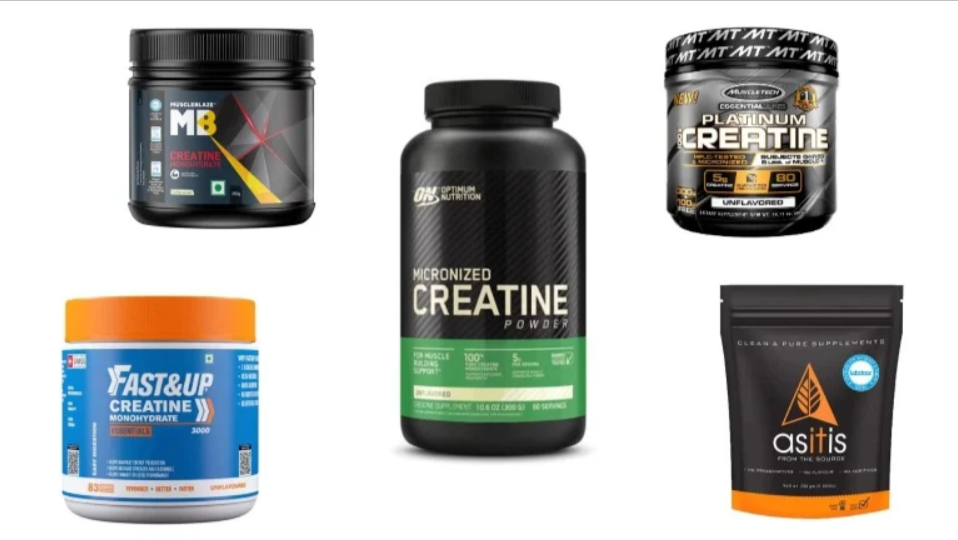Rich calcium food: We need calcium to maintain our bone strength. Also, the best part of a trusted source of the body’s calcium is found in the teeth and bones. Besides, calcium helps the body maintain healthy transmission between the brain and the other body parts. Calcium plays a role in cardiovascular function and muscle movement, too. calcium-rich foods can be found in many natural foods and manufactured supplements.
But do you know how much calcium per day is allowed? The average adult needs 1,000 mg of calcium per day. The amount increases to 1,200 mg per day for women over the age of 50 and men over the age of 71. In the case of calcium deficiency, the safest and easiest way to treat or prevent calcium deficiency is to add more calcium to your diet! This article brings you the calcium-rich foods that you should start munching on right away.

There’s a table outlining the Recommended Dietary Allowance (RDA) for calcium according to different age groups:
| Age Group | Calcium RDA (mg/day) |
| Infants 0-6 months | 200 (mg/day) |
| Infants 7-12 months | 260 (mg/day) |
| Children 1-3 years | 700 (mg/day) |
| Children 4-8 years | 1,000 (mg/day) |
| Children 9-13 years | 1,300 (mg/day) |
| Teens 14-18 years | 1,300 (mg/day) |
| Adults 19-50 years | 1,000 (mg/day) |
| Adults 51-70 years | 1,000 (male), 1,200 (female) (mg/day) |
| Adults >70 years | 1,200 (mg/day) |
| Pregnant Teens | 1,300 (mg/day) |
| Pregnant Adults | 1,000 (mg/day) |
| Breastfeeding Teens | 1,300 (mg/day) |
| Breastfeeding Adults | 1,000 (mg/day) |
These values represent the Recommended Dietary Allowance (RDA), which is the average daily level of intake sufficient to meet the nutrient requirements of nearly all (97%-98%) healthy individuals in each life-stage and gender group. If you’re pregnant or breastfeeding, you don’t need amounts higher than the recommendations above.
Here’s a table outlining the Tolerable Upper Intake Levels (ULs) for calcium:
| Age Group | Calcium UL (mg/day) |
| Infants 0-6 months | 1,000 (mg/day) |
| Infants 7-12 months | 1,500 (mg/day) |
| Children 1-3 years | 2,500 (mg/day) |
| Children 4-8 years | 2,500 (mg/day) |
| Children 9-13 years | 2,500 (mg/day) |
| Teens 14-18 years | 3,000 (mg/day) |
| Adults 19-50 years | 2,500 (mg/day) |
| Adults 51-70 years | 2,000 (mg/day) |
| Adults >70 years | 2,000 (mg/day) |
| Pregnant Teens | 3,000 (mg/day) |
| Pregnant Adults | 2,500 (mg/day) |
| Breastfeeding Teens | 3,000 (mg/day) |
| Breastfeeding Adults | 2,500 (mg/day) |
These values represent the Tolerable Upper Intake Levels (ULs) for calcium, which are the highest average daily intake levels likely to pose no risk of adverse health effects to almost all individuals in the specified age group

Why Do We Need Calcium?
Calcium is essential for nearly every process in the body :
- Strengthen Bone Health
- Improve Cholesterol Values
- Boost Cardiovascular System
- Blood Pressure Control
- Lower Risk of Colorectal Adenomas
- Improve Cellular Function
- Decrease the Risk of Kidney Stones
- Impairment of the Kidneys
What Happens When We Are Calcium Deficient?
A person with a calcium deficiency may experience:
- Muscle problems
- Extreme fatigue
- Nail and skin symptoms
- Osteopenia and osteoporosis
- Severe PMS
- Dental problems
- Rickets
- Depression
- Decrease Absorption of Certain Medications
- Increased Risk of Prostate Cancer
- Increase Risk of Cardiovascular Disease
Top 10 Calcium-Rich Foods
1. Yoghurt
2. Cheese
3. Almonds
4. Seeds
5. Beans and Lentils
6. Leafy greens
7. Milk
8. Figs
9 Broccoli
10. Orange
1. Yoghurt
Yogurt is one of the best sources of calcium and is a rich calcium food for bones that provides up to 34% of the DV on 1 cup (245 grams) consumption. In addition, yogurts contain vitamins B6 and B12, potassium, riboflavin, and magnesium. Plain yogurt has more calcium than Greek yogurt. However, Greek yogurt is a great way to earn extra protein.
2. Cheese
Cheese ranks high among the calcium-rich foods for bones. Especially the Parmesan cheese has the most calcium with 242 mg — or 19% of the DV — per ounce (28 grams). This is because the human body absorbs the calcium in dairy products more quickly than that from non-dairy calcium-rich foods.
3. Almonds
It is proven that of all nuts, whole almonds are among the highest calcium-rich foods for bones. Just 23 nuts can deliver as much as 6% of the DV. Almonds are also packed with fiber, magnesium, healthy fats, and vitamin E. Almonds are one of the best non-dairy calcium-rich foods because one cup of almonds serves more calcium than a cup of cow’s milk.
4. Seeds
This is one of the rich calcium foods as well as the nutritional powerhouse. It is like sunflower seeds, poppy seeds, celery seeds, sesame seeds, chia seeds, flax seeds, dried lotus seeds, hemp seeds, pumpkin seeds, squash seeds, and many more are non-dairy calcium-rich foods you can intake regularly.
5. Beans and Lentils
Beans and lentils are rich in calcium, which makes them a great source of fiber and protein. They’re also low in saturated fat, making them an important food for those trying to lower their cholesterol. According to the USDA, beans and lentils contain about 1 gram of dietary fiber for every 100 calories — more than any other vegetable group.
6. Leafy greens
Leafy green vegetables are the one that is vegetables high in calcium. One cup of chopped kale or collard greens provides nearly half your daily recommended intake of this mineral — even if you don’t eat any dairy products or meat. Other good sources include broccoli, bok choy, cabbage, spinach, and Swiss chard.
7. Milk
Milk is another top high-calcium food. A cup of milk contains about 300 milligrams of calcium, which is more than half your daily recommended intake (400 milligrams). It’s also an excellent source of vitamin D, which helps promote strong bones and teeth.
8. Figs
This is one of the top high-calcium foods and the powerhouse of nutrients but low in calories. Figs offer a variety of potential health benefits. Figs are a good source of both calcium and potassium. These minerals can work together to make figs calcium-rich foods for bones. One 100-gram, i.e., a one-cup serving of figs, delivers 20% of the calcium needed in your body.
9 . Broccoli
Broccoli, the “Crown Jewel of Nutrition”, provides 47 mg of calcium in 100 gm serving. Besides, a cup of frozen broccoli has 87 mg of calcium. Broccoli got its nickname as it contains a healthy amount of fiber, high levels of vitamins, and is low in calories. Broccoli is among the vegetables high in calcium and also is a rich calcium food for bones.
10. Orange
Oranges are fruits rich in calcium and are one of the top high-calcium foods. However, if you want to go for non-dairy calcium-rich foods, then consuming one large orange cup will do the job as it contains 74 mg of calcium.
Conclusion:
Ensuring an adequate intake of calcium is essential for maintaining strong bones and overall good health. The Recommended Dietary Allowance (RDA) guides the amount of calcium needed daily for different age groups, while the Tolerable Upper Intake Levels (ULs) indicate the maximum safe intake levels. Consuming a balanced diet rich in calcium-rich foods can help meet these requirements without the need for supplements.
FAQs:
-
What are the top 10 calcium-rich foods?
Foods high in calcium include dairy products like milk, cheese, and yogurt, leafy greens such as kale and spinach, tofu, almonds, and sardines with bones, and fortified foods like orange juice and cereal.
-
How can I meet my calcium needs if I’m lactose intolerant?
If you’re lactose intolerant, you can still get calcium from non-dairy sources such as fortified plant-based milk alternatives (like almond or soy milk), fortified orange juice, leafy greens, tofu, and almonds.
-
Are there any calcium-rich foods suitable for vegans?
Yes, several plant-based foods are rich in calcium and suitable for vegans, including fortified plant-based milk, tofu made with calcium sulfate, leafy greens, almonds, and fortified foods like orange juice and cereal.
-
Can I get enough calcium from supplements alone?
While supplements can help meet calcium needs, it’s generally recommended to obtain nutrients from whole foods whenever possible. A balanced diet including calcium-rich foods provides not only calcium but also other essential nutrients necessary for overall health.
-
Do calcium supplements have any side effects?
Calcium supplements can cause side effects such as constipation, bloating, and gas, especially when taken in high doses. It’s important to follow the recommended dosage and consult with a healthcare professional before starting any new supplement regimen.
-
How can I ensure my child is getting enough calcium?
Children can obtain calcium from dairy products like milk, cheese, and yogurt, as well as fortified foods like breakfast cereals and orange juice. Encouraging a varied diet that includes calcium-rich foods and setting a good example by consuming these foods yourself can help instill healthy eating habits in children.












Add Comment